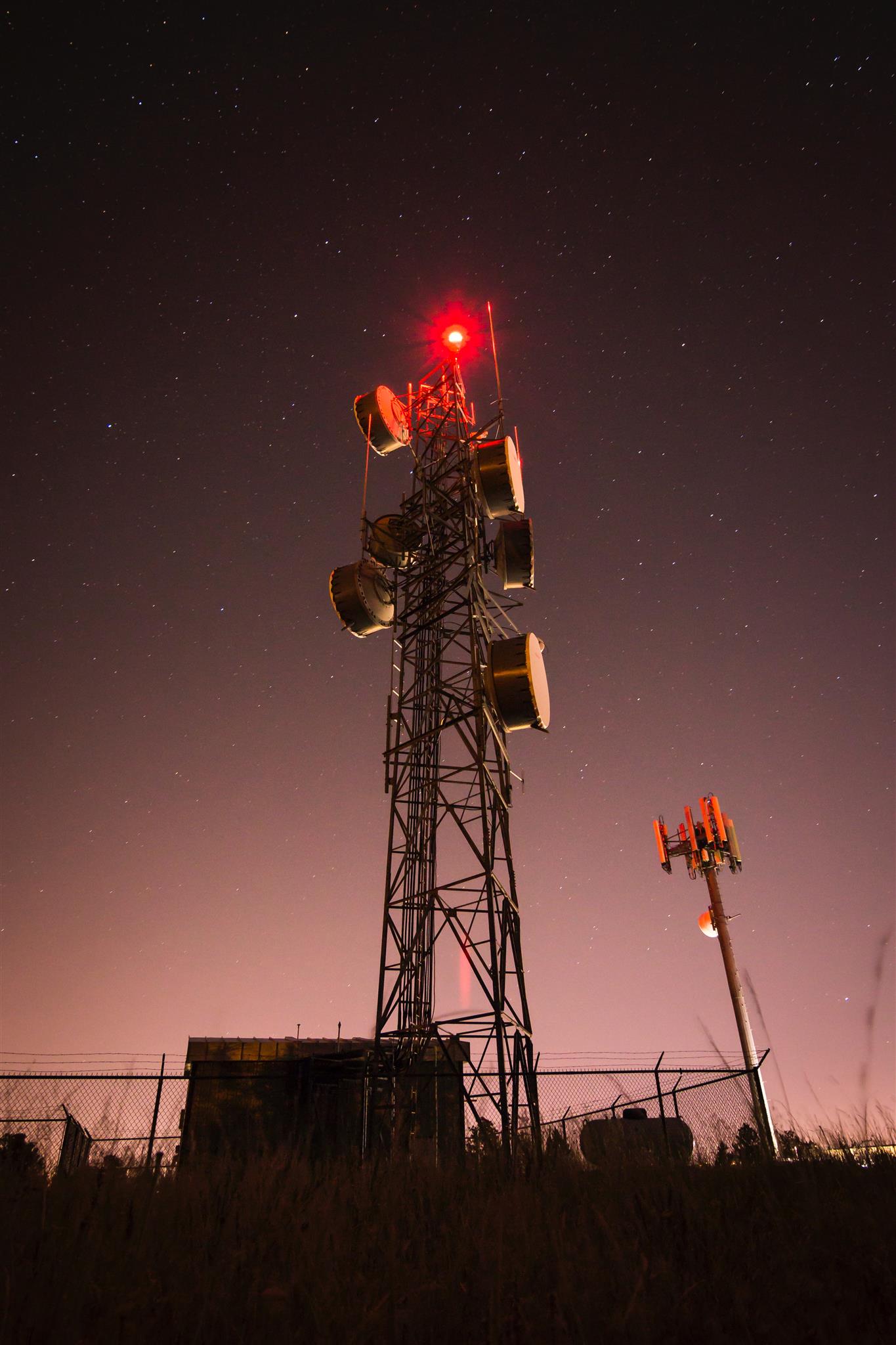Authors: Robin Amsters, Nobby Stevens
With the rise of solid-state lighting, wireless positioning based on visible light is becoming more appealing. However, current visible light positioning systems require additional hardware at the transmitter end in order to modulate the light intensity. A receiver demultiplexes the combined signal from multiple sources into its components, which are then used by the positioning algorithm. This paper investigates the possibility of using unmodulated visible light for mobile robot positioning. Less hardware is required, consequently, cost and complexity are much lower. Position estimation is achieved by modeling the received signal strength inside a room, which is used as input for an Iterated Extended Kalman filter. We show that the proposed approach can achieve decimeter level accuracy in a simulation environment. Even with imperfect calibration, the total positioning error usually remains below 0.5 m. Positioning errors due to the blocking of the receiver can be mitigated by employing an innovation magnitude bounds test. We also show that by employing multiple receivers, accuracy and robustness can be further improved.

